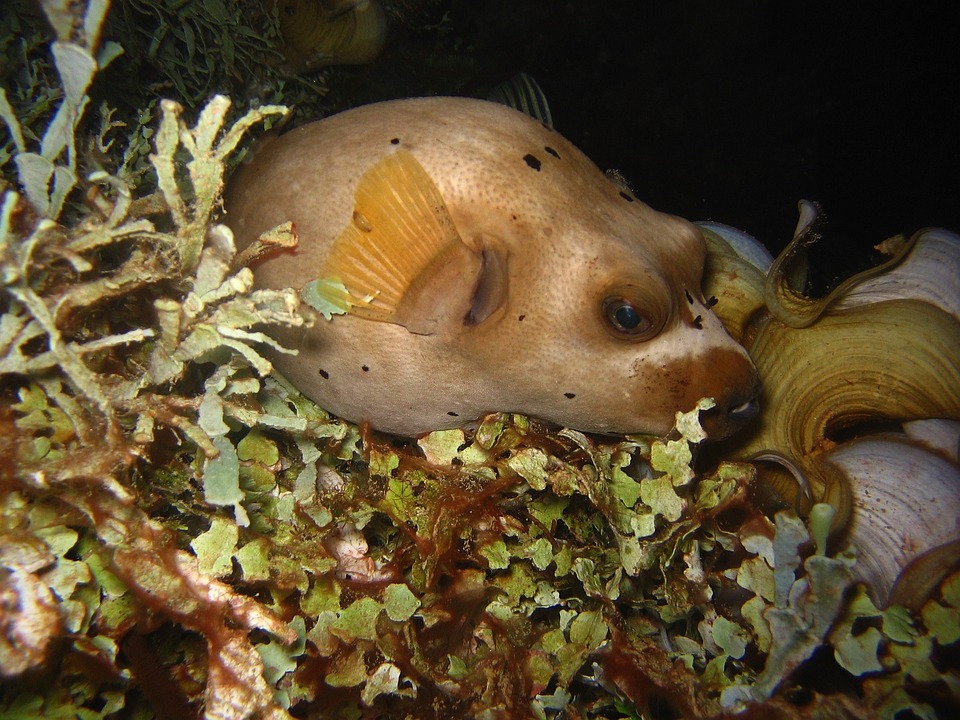Fish behavior in a tank is heavily influenced by their natural instincts, environmental factors, and interactions with other tank mates. As an aquarium enthusiast, it is essential to promote a natural response among peaceful fish species to ensure their well-being and create a harmonious tank environment. In this article, we will explore effective strategies and techniques to encourage natural fish behavior in tanks while maintaining a peaceful coexistence among various species.
Creating a Suitable Tank Environment
1. Tank Size and Layout: Providing an adequately sized tank is crucial for promoting natural fish behavior. Larger tanks offer more swimming space, reducing stress and territorial disputes among fish. Additionally, incorporating natural elements, such as rocks, caves, and plants, mimics their natural habitat and provides hiding spots for shy or territorial species.
2. Water Quality and Parameters: Maintaining optimal water conditions is vital for the overall health and behavior of fish. Regular water changes, proper filtration, and monitoring of temperature, pH, and ammonia levels are essential. Ensuring clean and well-oxygenated water promotes fish activity and reduces stress.
3. Lighting and Aquascape: Choosing appropriate lighting and creating a well-designed aquascape can significantly impact fish behavior. Some fish species are more active during specific lighting conditions, such as dim lighting for nocturnal species. Additionally, a thoughtfully planned aquascape with varying heights and hiding places enables fish to establish territories and exhibit natural behaviors like exploration and breeding.
Introducing Compatible Tank Mates
1. Researching Compatible Species: Before introducing new fish to your tank, extensive research on their behavior, compatibility, and social structure is necessary. Some species may have aggressive tendencies or occupy different water layers, which can disrupt the peaceful dynamics of the tank. Opt for peaceful fish species that share similar requirements and behavioral traits to maintain a harmonious community.
2. Gradual Acclimatization: When introducing new fish to the tank, a gradual acclimatization process is crucial to minimize stress and aggression. Using a quarantine tank for new arrivals allows them to adjust and ensures they are healthy before joining the main tank. Slowly introducing them to the existing tank inhabitants helps prevent aggressive behavior and promotes natural social interactions.
Feeding and Stimulating Natural Feeding Behavior
1. Varied Diet: Providing a varied diet that closely resembles their natural food sources is essential for promoting natural feeding behavior. Research the dietary preferences and requirements of your fish species and offer a mix of high-quality flake food, pellets, frozen or live food, and vegetable matter. Feeding multiple times a day in small amounts mimics their natural feeding patterns and encourages natural behavior.
2. Enrichment and Foraging: Stimulating fish with interactive feeders, floating or sinking food, and live food challenges their natural instincts and encourages active foraging behavior. This not only promotes physical activity but also prevents boredom, stress, and potential aggression caused by lack of mental stimulation.
FAQs (Frequently Asked Questions)
1. Can tank size affect fish behavior?
– Yes, a cramped tank can lead to increased stress, aggression, and restricted swimming space, hindering natural fish behavior. Providing a larger tank with ample swimming space promotes natural activity and reduces territorial disputes.
2. Why is it important to research fish compatibility?
– Researching fish compatibility helps ensure a peaceful tank environment. Incompatible tank mates can lead to aggression, stress, and territorial conflicts, disrupting natural fish behavior and potentially causing harm or injury.
3. How does lighting influence fish behavior?
– Proper lighting is crucial for promoting natural fish behavior. Some fish species are more active during specific lighting conditions, such as dim lighting for nocturnal species. Adequate lighting also supports the growth of live plants, creating a more natural environment.
4. Why is a varied diet important for fish behavior?
– A varied diet closely resembling their natural food sources stimulates natural feeding behavior among fish. Providing a mix of high-quality flake food, pellets, frozen or live food, and vegetable matter encourages active foraging behavior and prevents boredom or aggression caused by monotonous feeding routines.
Remember, promoting natural fish behavior requires patience, observation, and understanding of each species’ unique traits. By creating a suitable tank environment, introducing compatible tank mates, and stimulating natural feeding behavior, you can enhance the well-being and natural responses of peaceful fish species in your aquarium.









